University of Missouri Extension is an innovative leader — using science-based knowledge to engage people in understanding change, solving problems and making informed decisions.
MU Extension Timeline
1830s
Founding of the University of Missouri, the first state university west of the Mississippi.
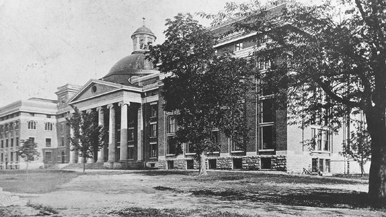
1860s
The Morrill Act establishes the land-grant university system to finance the teaching of practical agriculture, science, engineering and military science.
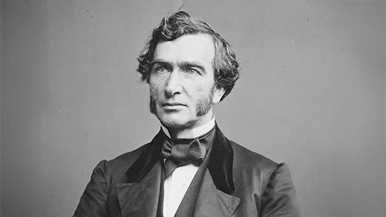
1880s
The Hatch Act, introduced by Rep. William H. Hatch of Missouri, funded the creation of agricultural experiment stations, expanding the research capabilities of land-grant universities to make farms more productive.

1900s
University faculty begin offering noncredit education classes to teachers in Kansas City. Over the next few years, extension centers are established in Kansas City, St. Louis, Joplin, Carthage, Nevada, Mexico and St. Joseph.
1910s
Extension home economics programs help families learn skills related to all aspects of home life, from sewing to child health. Today, extension specialists continue to aid Missouri families through programs in food/nutrition, personal finance, home safety, wellness and more.
The Board of Curators authorizes the formal establishment of an Extension Division within the University of Missouri. Programming includes correspondence courses, noncredit classes and educational conferences. To bring knowledge to rural populations, educators used train cars as mobile classrooms.
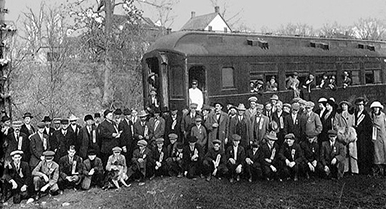
The Smith-Lever Act establishes a partnership between land-grant universities and the U.S. Department of Agriculture. Initially, seven county agents serve as part of the University of Missouri’s Agricultural Extension Service, which operates alongside MU’s General Extension Division until the two units formally merge in 1960.
1920s
Missouri 4-H becomes part of the Cooperative Extension Service. Originally focused on agriculture and rural youths, 4-H has become a comprehensive, research-based youth development program.
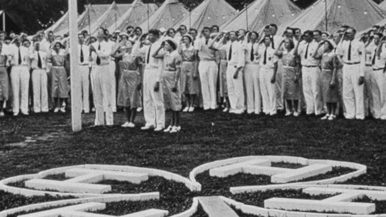
The Missouri Extension Homemakers Association is founded to promote healthy homes, share knowledge and teach leadership skills.
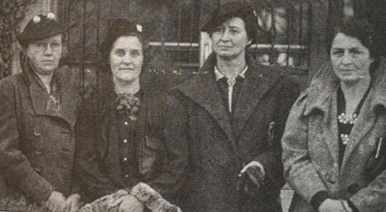
1930s
Extension agents help citizens organize rural electric cooperatives. Almost a century later, MU Extension now works with rural communities to expand broadband internet access.
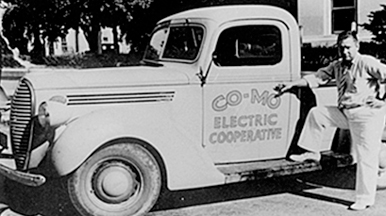
Central Missouri fire departments join with the University of Missouri to conduct the first Missouri Central Fire School. Today, the MU Fire and Rescue Training Institute provides emergency first responders with hands-on training in firefighting and emergency rescue.
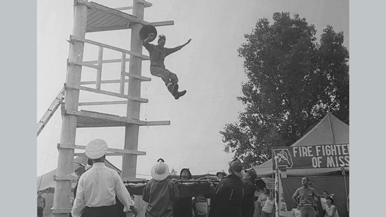
1940s
MU Extension’s Balanced Farming Program took a whole-farm approach to livestock, forage and crop production, emphasizing both farm and household management. The program was successful in helping farmers across the state develop profitable operations.
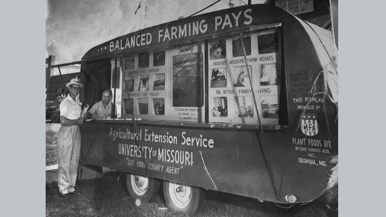
MU launches the Police Science Academic Program, one of the first such programs in the nation. The Law Enforcement Training Institute, as it is called today, offers basic and advanced police training and continuing education seminars.
1950s
State legislation requires counties to establish county extension councils to advise the University of Missouri on local programming needs. Today, extension councils are vital partners in the university’s land-grant mission to bring timely, research-based information to all 114 counties and the City of St. Louis.
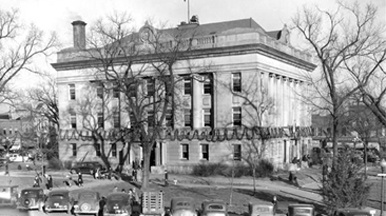
1960s
As increasing numbers of Missourians migrate from rural areas to cities, 4-H establishes clubs and programs in urban areas.
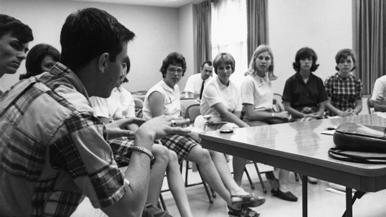
The Continuing Education Service, formerly known as the Extension Division, merges with the Agricultural Extension Service to form a new entity called the University of Missouri Cooperative Extension Service.
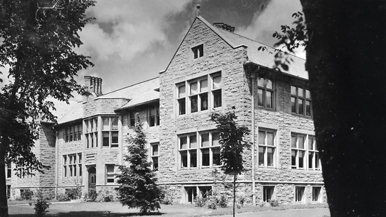
The Expanded Food & Nutrition Education Program begins to provide nutrition and physical activity education to low-income families with children in the home through the use of a peer educator model.
1980s
Throughout the state, Missouri Small Business Development Centers help businesses in every stage – from concept to startup, growth to renewal, maturity to succession.

The Missouri Master Gardener program offers in-depth horticultural training to individuals who then volunteer their time helping others in their communities learn about gardening and the environment.
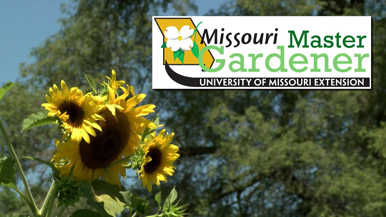
1990s
The Center for Agricultural, Resource and Environmental Systems is established to use geographic information systems (GIS) to better understand environmental conditions and impacts. Now called the Center for Applied Research and Engagement Systems (CARES), the center collects, analyzes and visualizes a wide range of data to help individuals and organizations figure out ways to do their work better.
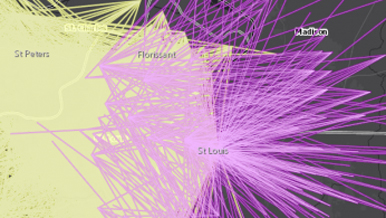
The SNAP-Ed Program provides research-based education to Missourians eligible for the federal Supplemental Nutrition Assistance Program (SNAP). MU Extension nutrition educators focus on good nutrition, stretching food dollars, active lifestyles and engaging partners to build healthier communities.
MU Extension launches the Show-Me-Select Replacement Heifer Program, which uses the latest research on health, nutrition, genetics and reproductive science to ensure Missouri continues to be a national leader in providing quality beef.
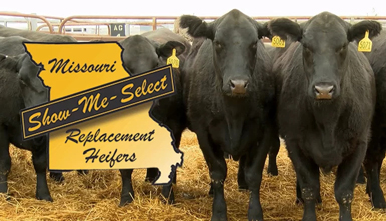
2000s
The Osher Lifelong Learning Institute comes to Mizzou, providing educational, cultural and social opportunities for people ages 50 and over.
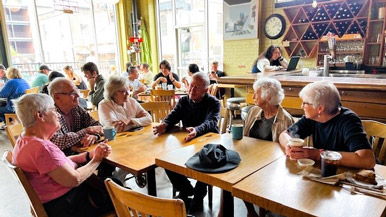
2010s
The Office of Extension and Engagement is created to give Missourians greater access to the resources and expertise of all four University of Missouri campuses. The MU vice chancellor for extension and engagement takes on the concurrent role of chief engagement officer for the entire UM System.
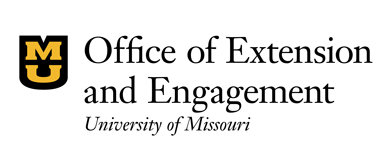
MU Extension plays a key part in the UM System’s Broadband Initiative, working with communities across the state on expanding access to and use of high-speed internet applications.

2020s - NOW
MU Extension Community Health Engagement and Outreach coordinates new and existing community programs touching on social determinants of health, vaccine education, substance use and more.

MU Extension’s roots run deep. So does our commitment to improves lives, businesses and communities by focusing on Missouri’s grand challenges around agriculture, the economy, education and health. At MU Extension, we believe the more we learn, the more we can do for ourselves and for communities in our state and beyond.